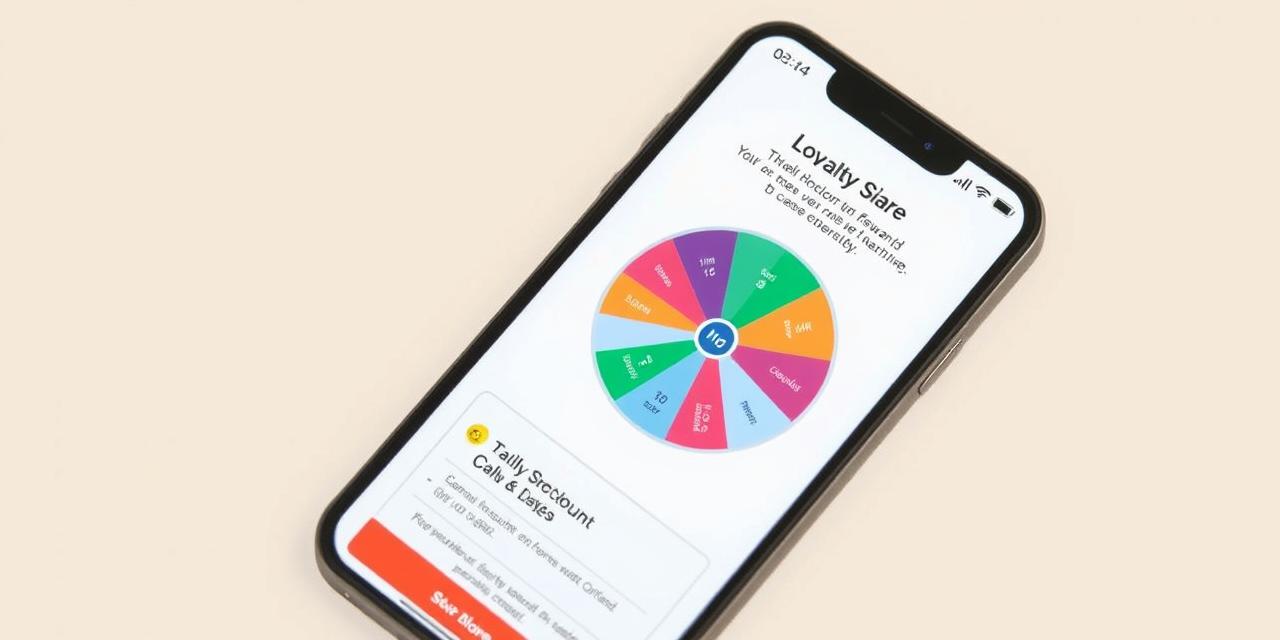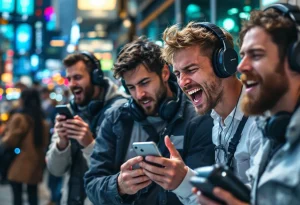Remember those cereal boxes? The ones with the puzzles on the back? Or those punch cards from your local coffee shop? That’s gamification in its simplest form. Now, imagine taking those ideas and boosting them with digital tech. Suddenly, marketing isn’t just talking *at* people. It’s an interactive experience. And who doesn’t love a good game, right?
Gamification? What’s That?
Okay, so gamification is basically using game stuff in non-game situations. Kinda academic sounding, huh? Think of it this way: we’re borrowing things we love about games. Points, badges, leaderboards. Challenges and rewards, too. Then, we use them to make regular tasks more fun. Fitness apps rewarding you with badges? Language apps using points to keep you practicing? That’s gamification. And it’s showing up *everywhere* in marketing.
Why the Obsession?
Simple. It works. Attention spans are shrinking. Gamification grabs attention. But it doesn’t just grab it. It holds it. It nurtures it. And turns it into something valuable. Brand loyalty, more sales, user data. I used to run online contests. The engagement we saw when we added even simple game mechanics was *crazy*.

More Than Just Points
Points and badges are part of it. But good gamification is deeper. It’s about knowing what gets your audience going. What makes them tick? Then designing experiences around that. Here’s what to think about:
- Clear Goals: What are they working towards? A discount? Exclusive content? Top spot on the leaderboard?
- Real Rewards: The rewards have to matter to your audience. A tiny discount might not cut it. Exclusive merch? Now we’re talking.
- Track Progress: Show them how far they’ve come. Progress bars are your friend. Level indicators, too. Keep them motivated.
- Give Feedback: Immediate feedback is key. Congratulate them! Give them a helpful tip. Keep them in the loop.
- Competition (Maybe): Leaderboards can be great. But make it fair. Don’t discourage people.
Examples in the Wild
Enough theory. Let’s see it in action. Starbucks, with their rewards program? Classic. You earn stars and get free drinks. It’s so normal, people don’t even think about it as gamification. Duolingo makes language learning addictive. Streaks, points, leaderboards… brilliant. And it’s not just big brands. Local restaurants use digital punch cards. Boom. More repeat business.
Best Practices: Add Value, Not Just Points
So, you’re in on gamification? Awesome! But hold up. Don’t just slap badges on everything. Here’s how to do it right:
- Know Your People: What do they want? What bugs them? Tailor the experience to *them*.
- Keep It Simple: Don’t make it complicated. Easy to understand is the way to go.
- Value is King: Rewards need to be good. Bad rewards can hurt you.
- Track Everything: Use data! See what’s working. Are people playing? Are they doing what you want them to do?
- Don’t Be a Creep: Engaging is good. Manipulative is bad. Avoid being intrusive.
The Future is Fun
Gamification is changing. It’s not just points anymore. Think augmented reality (AR). Virtual reality (VR). Personalized stories. Imagine a scavenger hunt in your city. Unlock deals as you go. Or a virtual try-on experience. Get rewarded for sharing on social media. The possibilities? Endless. Tech keeps moving. I can’t wait to see what’s next. And I’m hoping for more cool stuff. Less explaining virtual badges to my grandma.

